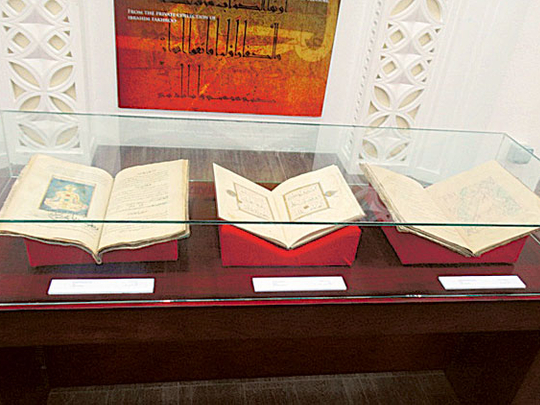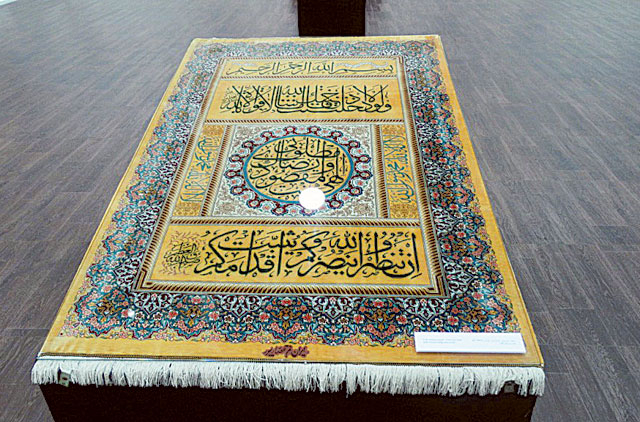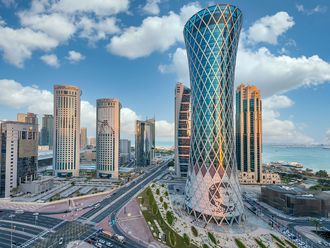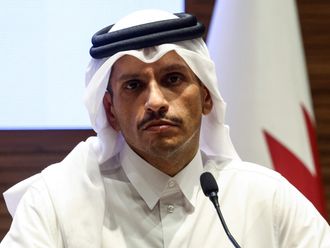
Manama: Qatar is hosting a calligraphy exhibition that aims to promote a greater understanding of the cultural, religious and artistic significance of this art form.
The exhibition, ‘The Arabic Script’, is being hosted by the Qatar Foundation for Education, Science and Community Development until the end of the month.
The artistic collection has been assembled by Ebrahim Fakhroo, a private collector who has made special efforts to gather the timeless pieces during his travels around the world.
The display sheds light on the beauty and evolution of Islamic calligraphy over the centuries and includes authentic calligraphy artworks dating from the ninth century. It showcases the finest pieces from calligraphers Hamdulla Al Amasi and Hafiz Othman, in addition to the work of Qatari calligrapher Ali Hassan Al Jaber.
As one of the most intricate and noteworthy forms of visual art, Arabic calligraphy is considered to be an essential component of Arab Islamic civilisation. The exhibition is being staged in three main categories: the start of Arabic calligraphy, the evolution stage and the modern stage.
“The exhibition seeks to immerse the Qatar Foundation community in Arab culture by illustrating how this artwork represents Qatar and other Islamic countries,” Mohammad Al Naimi, Recreation Services Manager at Qatar Foundation Support Services, said. “The Arabic script will increase awareness about how valuable and beautiful the art of Islamic calligraphy is, and how essential it is to the community. Education is a lifelong process and should not be confined to a classroom. We are confident that people from different communities will learn a great deal about the history and evolution of Arabic calligraphy by attending this exhibition. We believe they are more likely to retain this information by viewing the rare Arabic script first-hand, so I encourage all members of the community, especially students, to make the most of this invaluable opportunity,” he said.
Fakhroo, collector of ‘The Arabic Script’, said that the event’s main aim was to encourage the preservation and appreciation of Islamic art, while nurturing an understanding of its cultural and historical significance.
“Islamic art is the most attractive art that substantiates our culture, history and tradition,” he said. “The Arabic character has evolved over the years and is now used as an art tool. One can find the Arabic letter used here as artwork expressed through various mediums ranging from manuscripts and ceramic to textiles and wood. This results in each calligraphic art piece having its own unique identity.”
Amerah Mohammad Al Aji, Community Services Supervisor at Qatar Foundation Community Services, added that one of the exhibition’s primary objectives was to introduce everyone to the concept of collecting art, and to reveal the significance of preserving Arabic and Islamic heritage.
“When we first thought about organising the exhibition, we were eager to introduce the community to the efforts of art collectors and to showcase the dedication of individuals who have a passion for preserving history,” she said.













